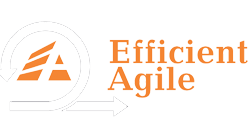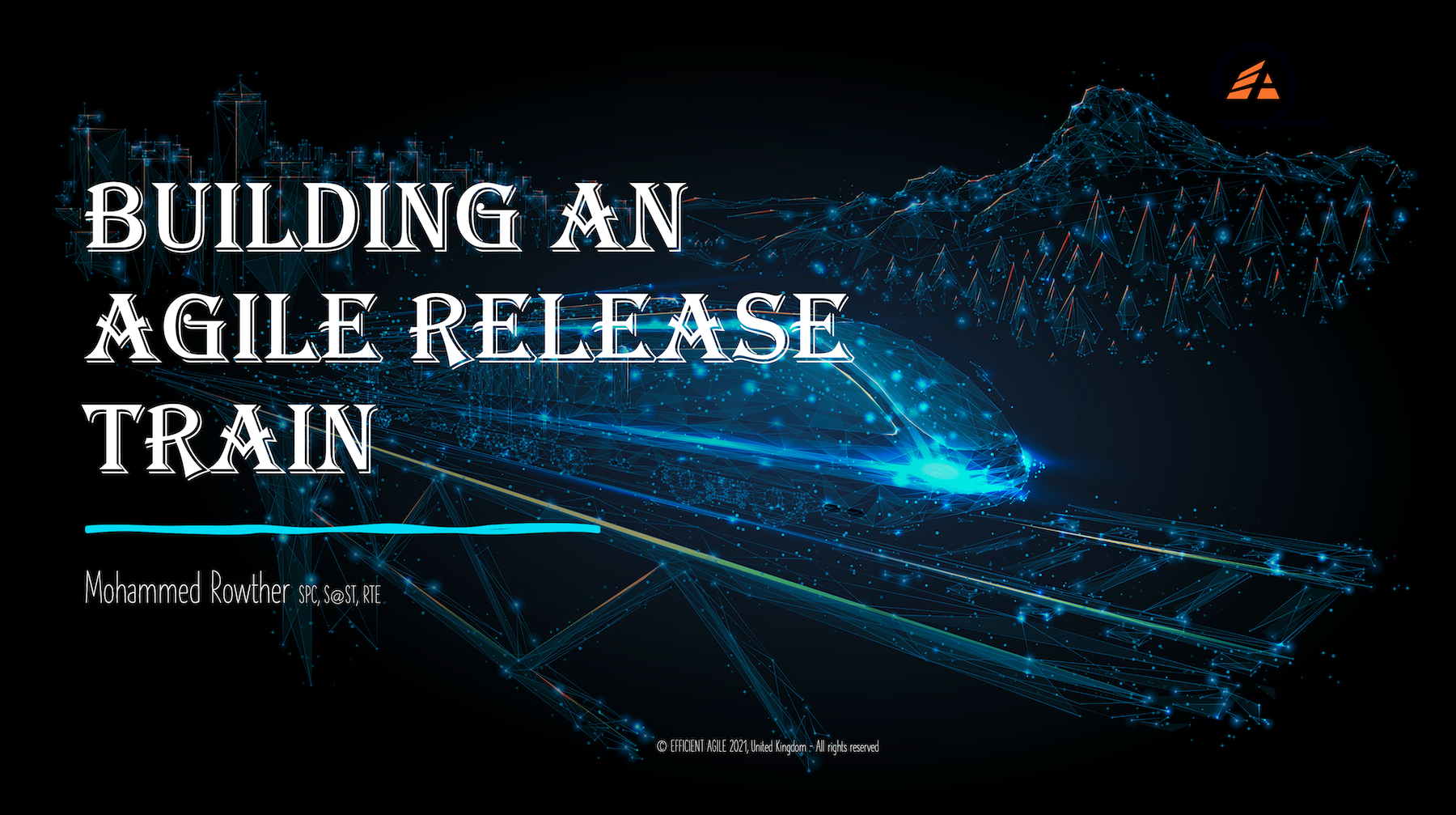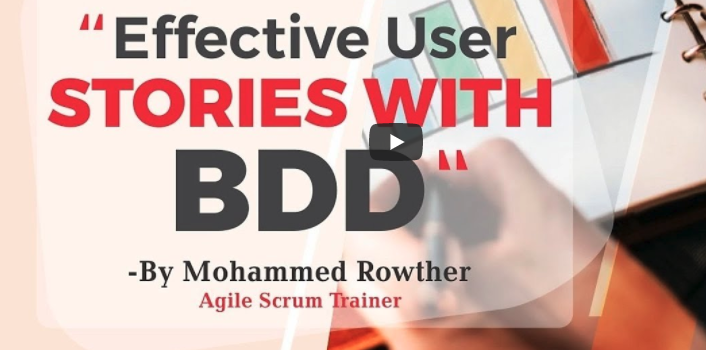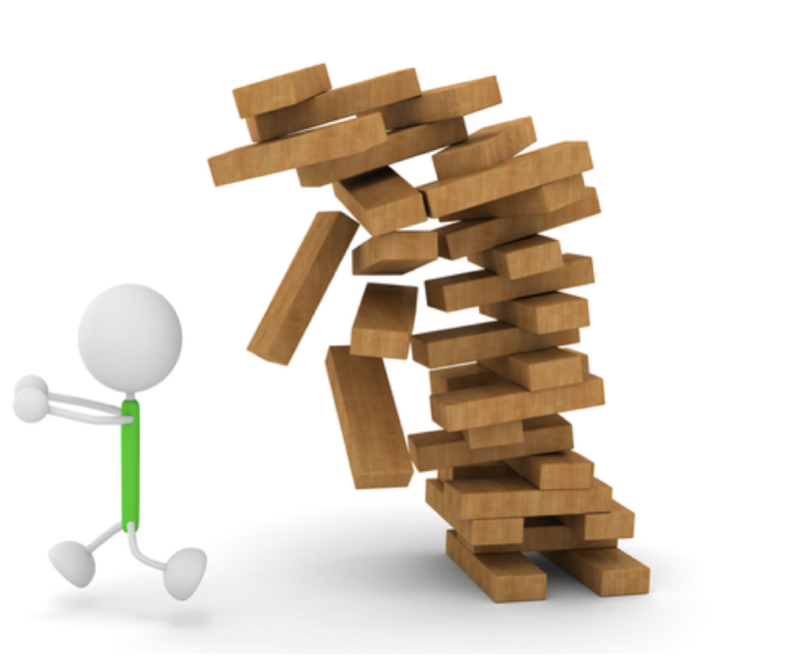What is Scrum?
The Scrum Guide defines “Scrum is a lightweight framework that helps people, teams, and organizations generate value through adaptive solutions for complex problems”.
So what are Empiricism and Lean thinking?
-
- Scrum is simple and is based on empiricism and lean thinking.
- Empiricism allows you to make decisions based on what is observed.
- Lean thinking is all about removing waste and “Focusing on the most important things”.
How many Pillars and Values are in Scrum?
- Scrum is supported by 3 Pillars and 5 Values
- Scrum Pillars – Transparency, Inspection, Adaptation
- Scrum Values – Commitment, Focus, Openness, Respect, and Courage

What are the roles in Scrum?
- Scrum requires a Scrum Master, Product Owner, and the Scrum Team
- Scrum Master is accountable for establishing Scrum as defined in the Scrum Guide
- Product Owner works on the Product Backlog
- Scrum Team focuses on executing the backlog items. Developers are the people in the Scrum Team.
How many events are in Scrum?
- Sprint is a container for all the events. In total, we have 5 events – sprint, sprint planning, daily scrum, sprint review, sprint retrospective.
- Backlog Refinement is not an official event.
What value does the Scrum Team produce?
Scrum’s artifacts represent work or value. Each artifact contains a commitment !!!
- Product Backlog –> Product Goal
- Sprint Backlog –> Sprint Goal
- Increment –> Definition of Done
Watch the video on Scrum Values
